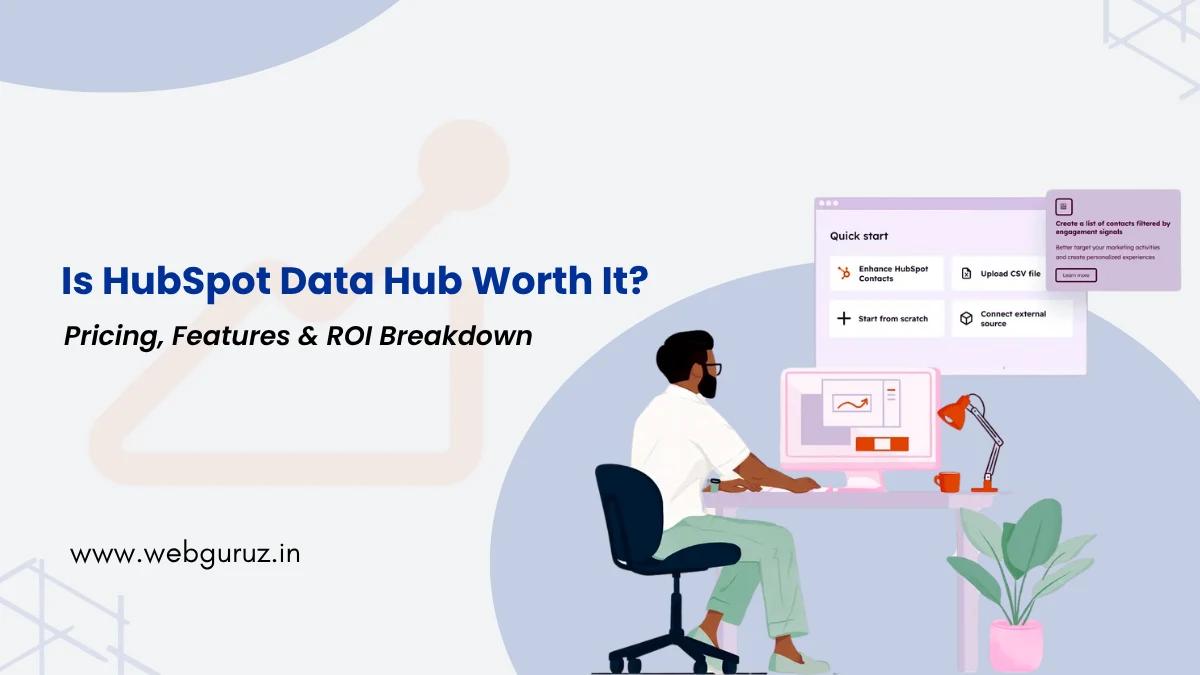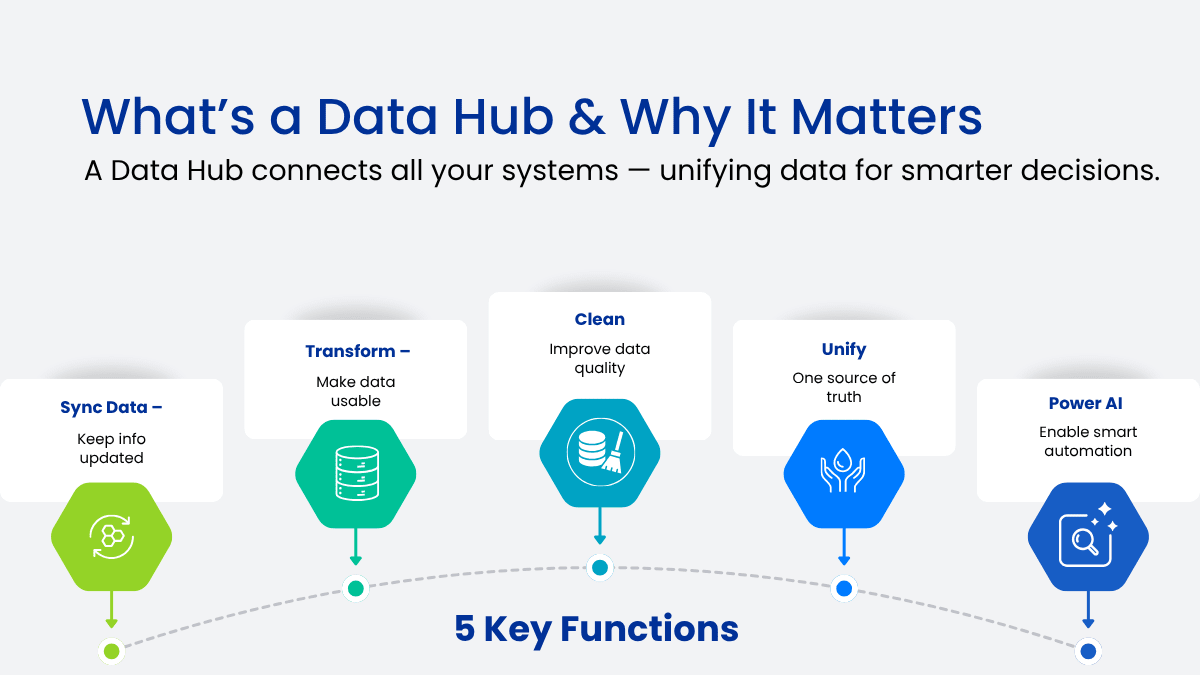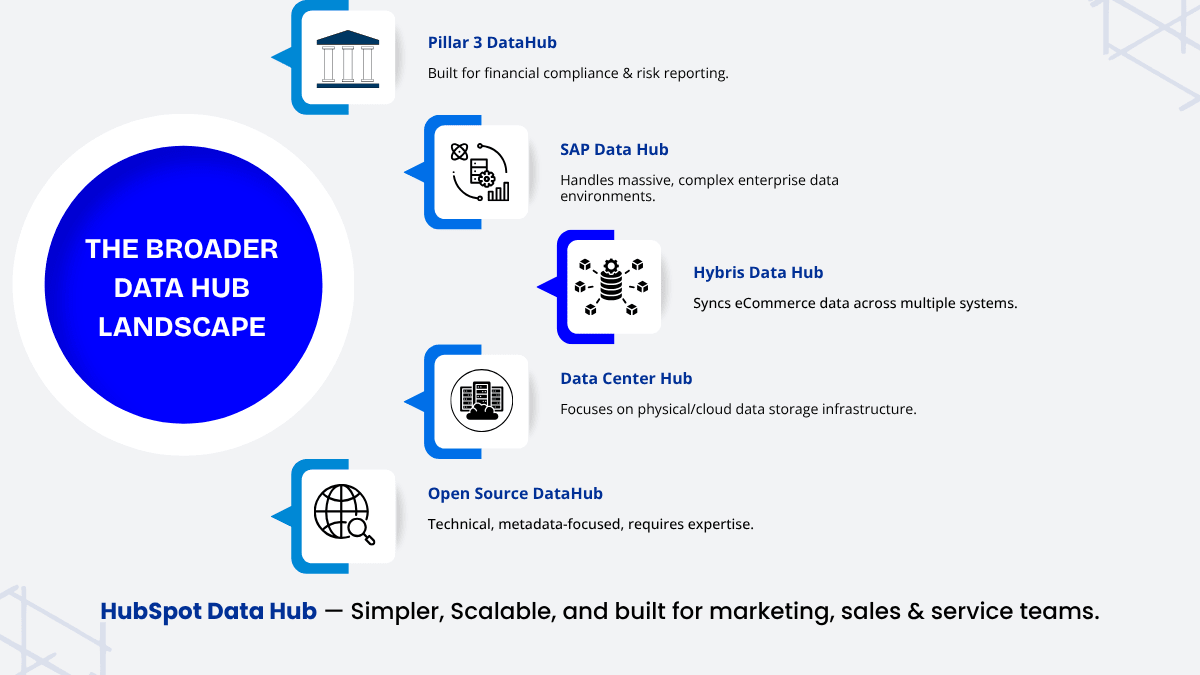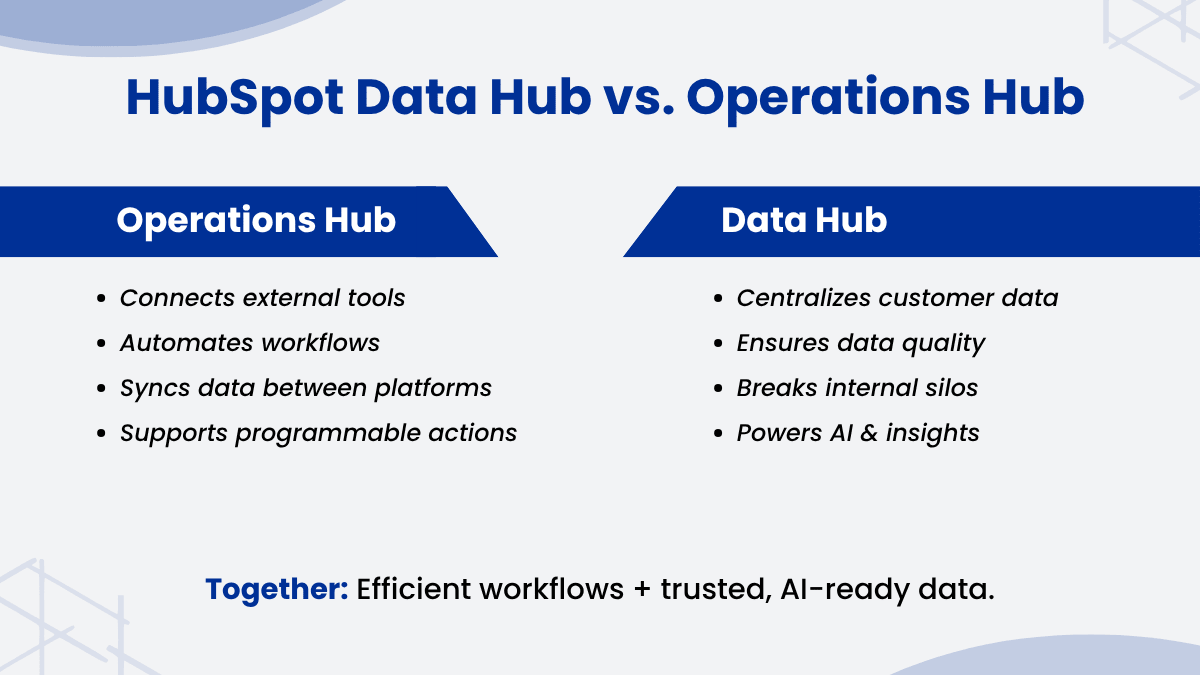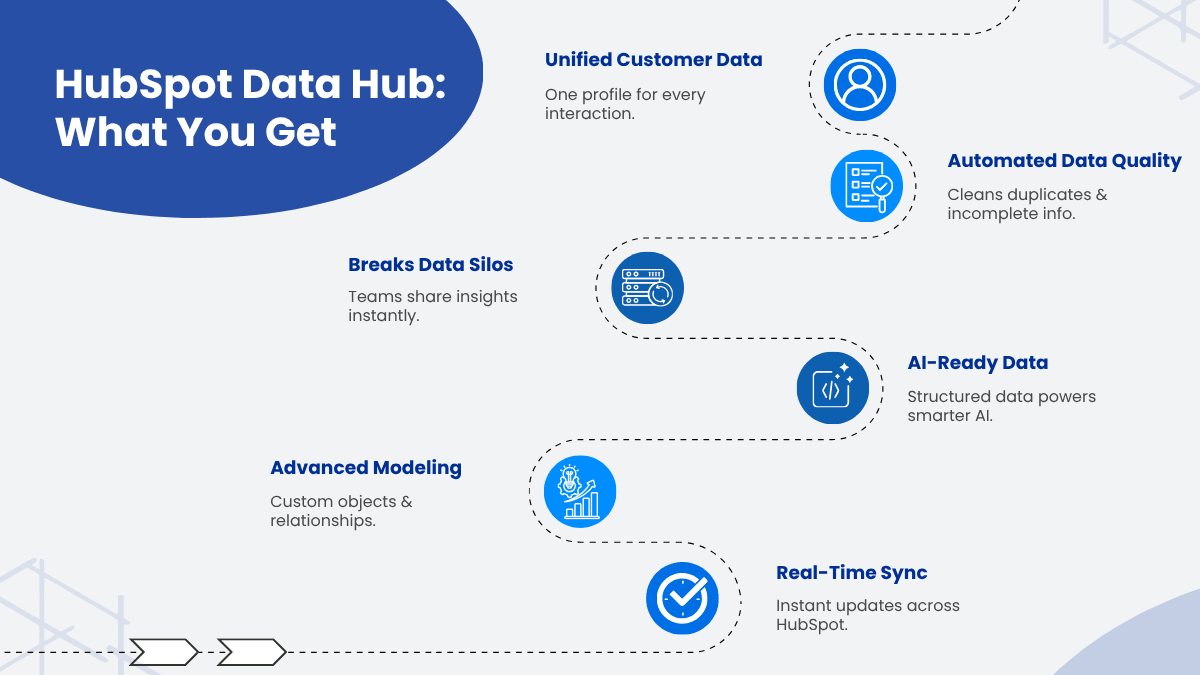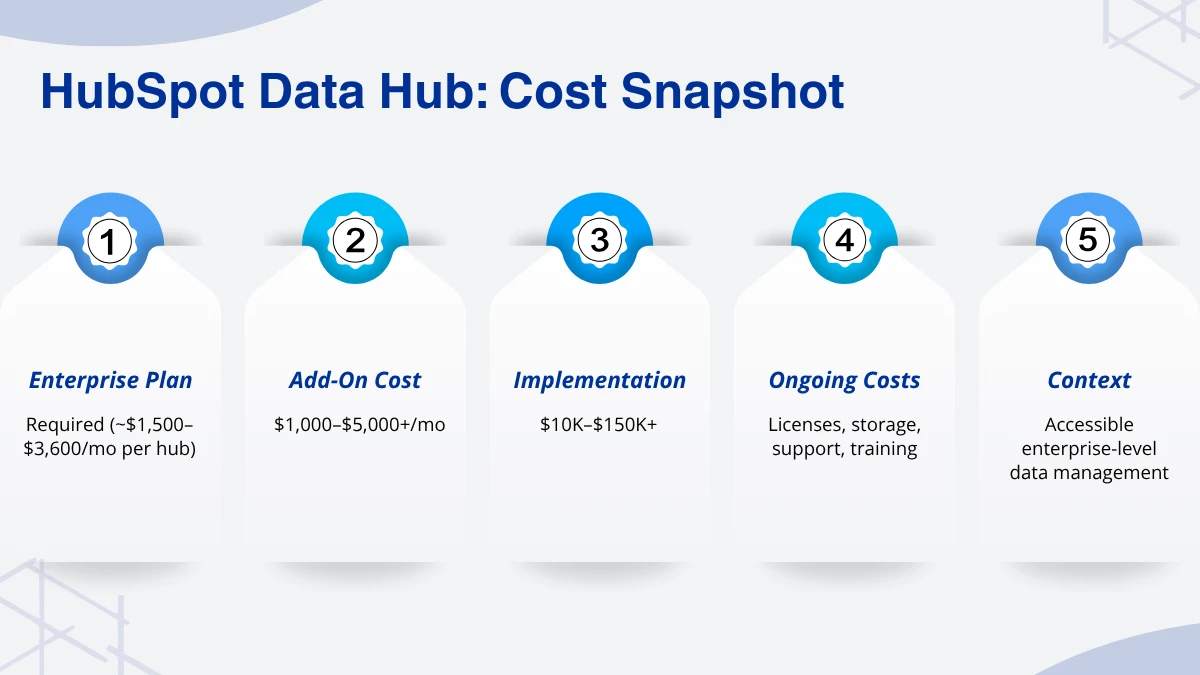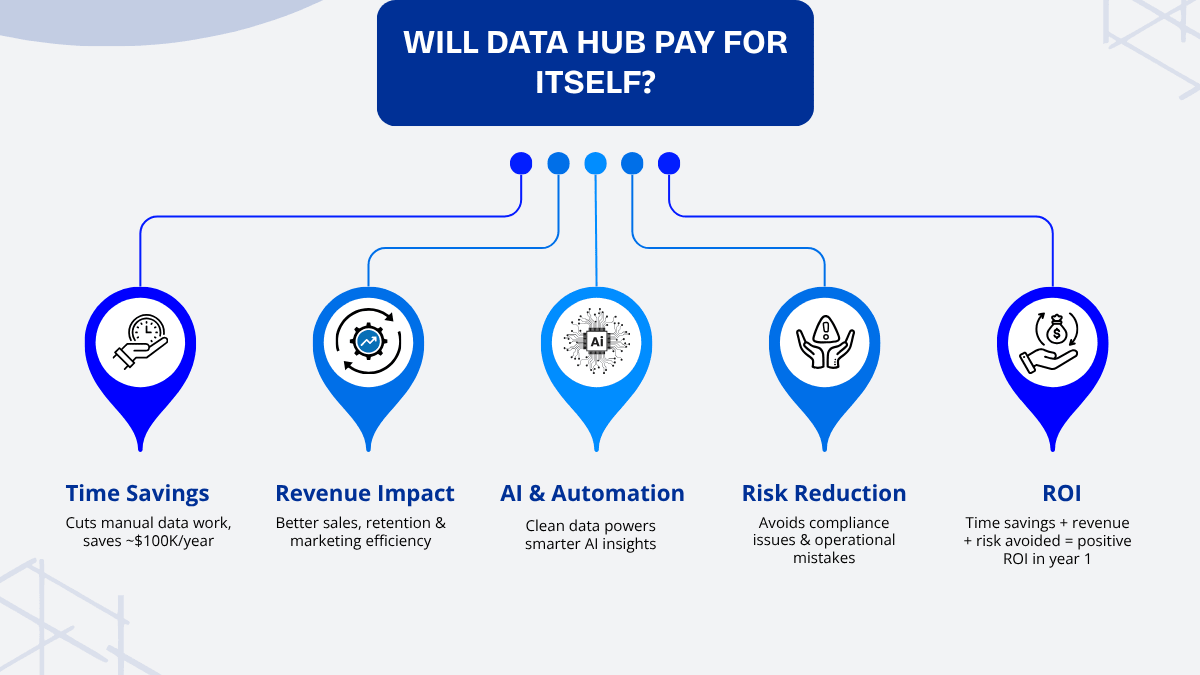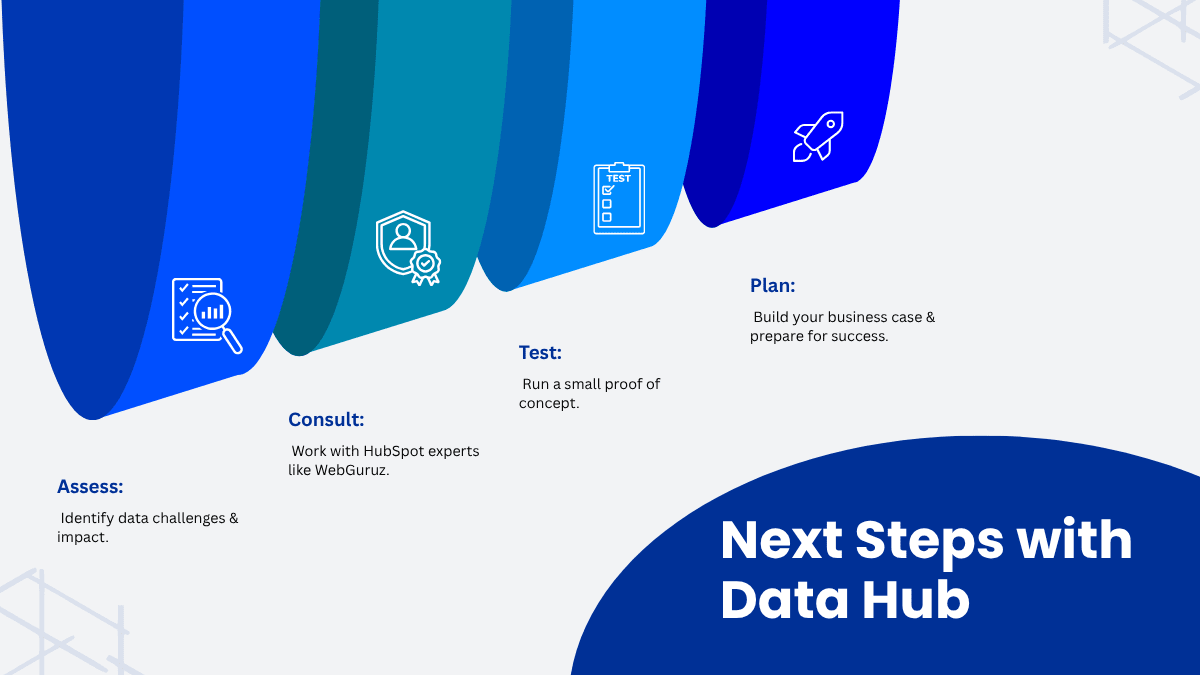Dilpreet Kaur
2025-12-15
7 min read
How Google Word Coach Can Boost Your Digital Marketing Impact
Every single word that you share online has an impact. It doesn’t matter if it is a blog post, a series of email campaigns, social media updates, or ad copy – the way you deliver your message is what has the power to either drive in or drive away your target audience.
Read More






